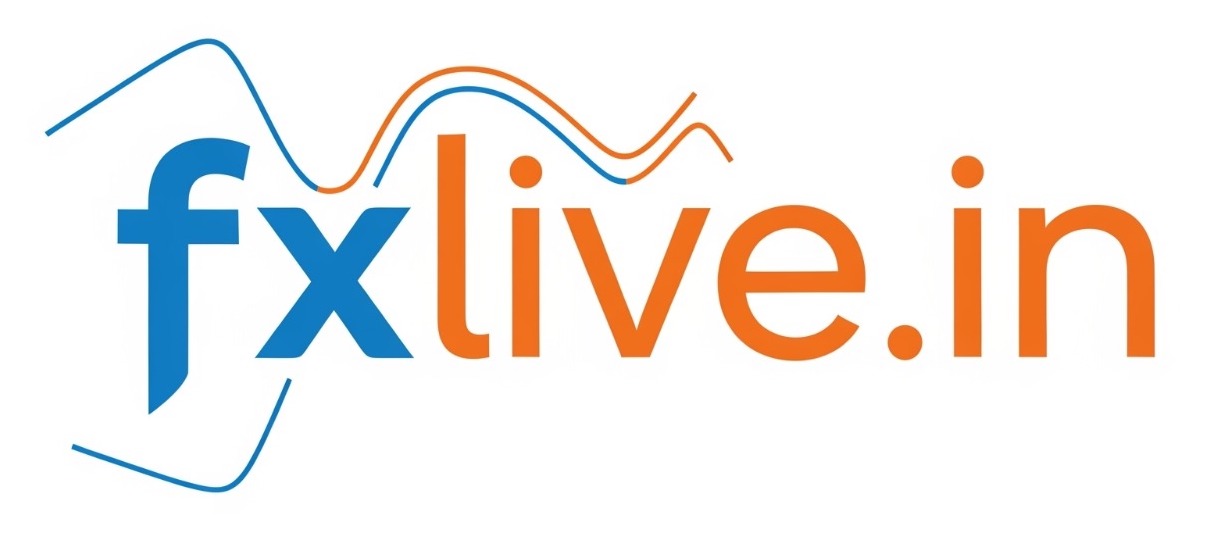Jai Siya Ram
India–France 140kN Jet Engine Deal | AMCA Power, 100% ToT & IPR
Background
- India’s Advanced Medium Combat Aircraft (AMCA) program, a 5th-generation stealth fighter initiative, has faced a major hurdle: indigenous jet engine development.
- India’s Kaveri engine program (by GTRE, DRDO) fell short of thrust requirements (90kN max vs. 110–140kN needed).
- To bridge this gap, India turned to global collaboration. After long discussions with Safran (France), both nations have finalized a strategic jet engine partnership.
Key Features of the Deal
- Thrust & Performance
- Engine rated at 110–140kN thrust (comparable to F-35’s Pratt & Whitney F135).
- Designed to meet AMCA’s stealth, supercruise, and high-manoeuvrability needs.
- Technology Transfer (ToT)
- 100% Transfer of Technology promised – rare in global defense deals.
- Unlike U.S. firms (GE, Pratt & Whitney), Safran has agreed to share core technology, including hot section metallurgy, single-crystal blade tech, and full engine architecture.
- Intellectual Property Rights (IPR)
- India to retain full IPR over the engine design and modifications.
- This ensures India can export engines or integrate them into other indigenous platforms without foreign restrictions.
- Industrial Participation
- Production to be jointly carried out by HAL & Safran in India.
- Indian engineers to be trained in core engine design & manufacturing processes.
- Supports India’s “Atmanirbhar Bharat” (self-reliance in defense).
Strategic Significance
- For AMCA: Provides the required power for stealth operations, supercruise, and long endurance.
- For India’s Aerospace Ecosystem: A leap towards self-reliance in high-end turbine technology.
- For Indo-French Defense Ties: Builds on Rafale deal, Scorpene submarines, and space collaboration.
- For Exports: India may later power future fighter jets for friendly nations, boosting defense exports.
Timeline
- Engine design finalization: ~2–3 years.
- Prototype testing: ~5 years.
- Integration into AMCA Mk-2 (expected late 2030s).
- Initial AMCA Mk-1 to fly with GE F414 engines, but later versions will switch to the Indo-French 140kN powerplant.
✅ In short: This deal is a game-changer for India’s aerospace sector, as it secures jet engine sovereignty—a technology mastered by very few countries (U.S., Russia, U.K., France).

